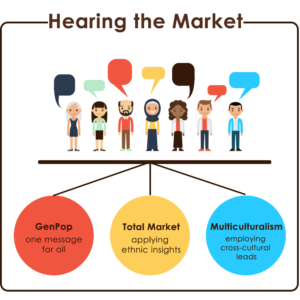
“What are you?” More and more people in the U.S. respond to this question with a response that glazes over the rich detail of our ethnic and racial identities. Sometimes, it’s simplest to respond: “I’m a mix.” An increasing number of Americans are responding this way. In fact, the population reporting multiple races (9 million) grew by 32 percent from 2000 to 2010, compared with those who reported a single race, which grew by just 9.2 percent (2010 Census brief The Two or More Races Population: 2010 ).
I recently attended a webinar by David Chitel, CEO and Founder of NGL Collective,when he presented to the QRCA Latino Special Interest Group. His presentation, Reframing the Total Market View, challenged our understanding to just how diverse the U.S. Hispanic market is. Wrap your head around these numbers:
- If we take the 21 Latino nationalities, 3 generations, 2 nativities (i.e., born in the U.S. or abroad), 2 languages, 5 U.S. regions, and 3 core demos, there are over 3,000 iterations of what it means to be Latino in the U.S. (Note: And even more if you include a third language, Portuguese, into the mix!)
A total market approach may be about seeking commonalities among these iterations. David and others claim that in so doing, you may risk delivering a general, watered-down message to no single segment. He advocates something in the middle, to include In-Language, In-Culture, and In-Context messages, where marketers meet Hispanics where they are consuming media, address their interests, and reflect on formative experiences of their generations.
With our guidance as strategic market researchers, we can educate clients that the continuum has expanded beyond GenPop on one end and Total Market (applying ethnic insights) on the other. The space beyond Total Market is where Cross-Cultural leads and multiculturalism will be the norm.
Interested in reading more? Take a look at What Should Determine Our Racial Identity?

 This week we mark our nation’s independence with fireworks, barbecues and other celebrations. I particularly appreciate the events that honor our veterans, as my family has served in the military for many generations . . . including my grandfather in WWII and my uncle in Vietnam.
This week we mark our nation’s independence with fireworks, barbecues and other celebrations. I particularly appreciate the events that honor our veterans, as my family has served in the military for many generations . . . including my grandfather in WWII and my uncle in Vietnam.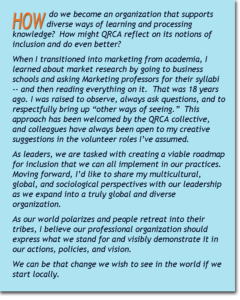

 dolphin (“Winter”) saved them from financial ruin. In truth, though, it is consistent, intentional storytelling that has made
dolphin (“Winter”) saved them from financial ruin. In truth, though, it is consistent, intentional storytelling that has made 

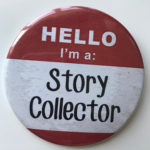

 A recent
A recent 
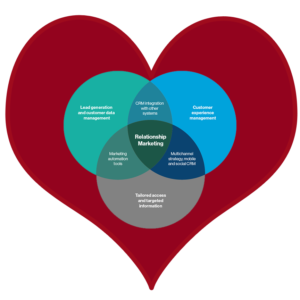

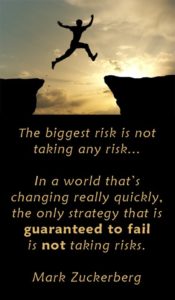 Happy New Year, colleagues!
Happy New Year, colleagues! Which tree is a darker green color?
Which tree is a darker green color?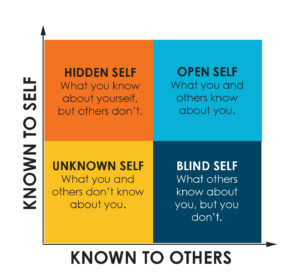 One tool I’ve found interesting over the years is the Johari Window, a self-awareness model developed by Joseph Luft and Harrington Ingham in 1955. The four quadrants illustrate how information about us can be known in varying degrees by ourselves and others.
One tool I’ve found interesting over the years is the Johari Window, a self-awareness model developed by Joseph Luft and Harrington Ingham in 1955. The four quadrants illustrate how information about us can be known in varying degrees by ourselves and others. As a business owner, I am always the face to the company. When I step out into the world, I am ‘Alicia’ but also ‘Alicia the Business Owner’. At business development and networking events, I represent what my company stands for and the quality of what and how we will deliver our services to our clients. Insights360 has gone from just “moi” to “moi plus 6” in 10 years, supported by highly talented, competent professionals who help with market research projects and with supportind and building the company.
As a business owner, I am always the face to the company. When I step out into the world, I am ‘Alicia’ but also ‘Alicia the Business Owner’. At business development and networking events, I represent what my company stands for and the quality of what and how we will deliver our services to our clients. Insights360 has gone from just “moi” to “moi plus 6” in 10 years, supported by highly talented, competent professionals who help with market research projects and with supportind and building the company. This past week, we attended an American Marketing Association Tampa workshop about content management. After recapping the workshop with my colleague, I asked for feedback on what she noticed. She replied that she noticed that when I interacted with others, I spent more time asking questions than speaking; that I appear to take note of details and that I show a genuine interest in those that I am engaging with. “Well, that’s good!” I replied. “Looks like I’ll keep my day job Moderating a while longer.” Authenticity and active listening do not go unnoticed.
This past week, we attended an American Marketing Association Tampa workshop about content management. After recapping the workshop with my colleague, I asked for feedback on what she noticed. She replied that she noticed that when I interacted with others, I spent more time asking questions than speaking; that I appear to take note of details and that I show a genuine interest in those that I am engaging with. “Well, that’s good!” I replied. “Looks like I’ll keep my day job Moderating a while longer.” Authenticity and active listening do not go unnoticed. Keep me posted on what you learn. You know I’m genuinely interested!
Keep me posted on what you learn. You know I’m genuinely interested! Have you heard? “Content is King!” This week Insights360 attended the
Have you heard? “Content is King!” This week Insights360 attended the 